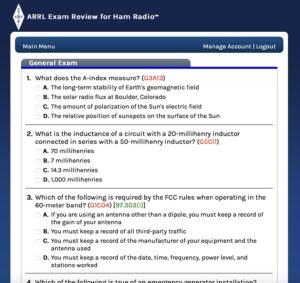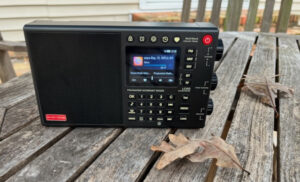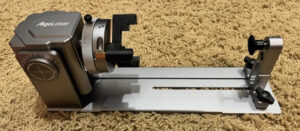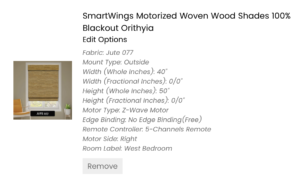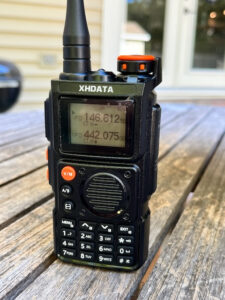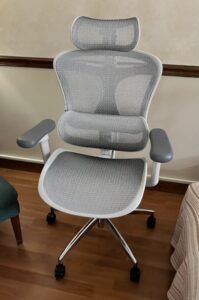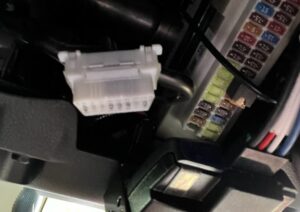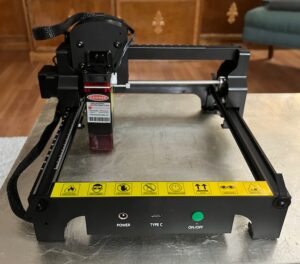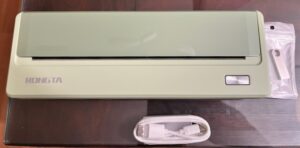Choyong A8W Internet Radio
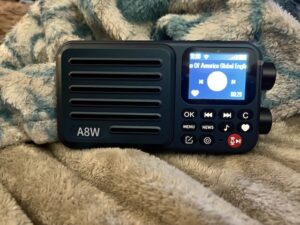
Choyong A8W
I recently grabbed a Choyong LC90 and reviewed it here. While I found it to have some quirks, essentially I liked it enough to pick up a Choyong A8W. The radio initially cost $119 but can now be had for right around $45 to $48.
I’m just going to say this straight up. This is not a $119 radio. However, in my opinion it is a $45 radio.
It is also advertised as an FM radio but I personally wouldn’t factor that into its list of features. You CANNOT spin a tuner dial to pick a channel. All you can do is scan the FM band. If it finds a channel it becomes channel 1. The next channel it finds is channel 2. On my scan in my area not one single channel displays the correct frequency. I’d be mega angry if I spent over $100 on a radio that can’t display the right channel. Also while scanning the FM band it found channels that I thought it wouldn’t be able to find and it DID NOT find strong channels that it should have. If it doesn’t grab something you think it should, all you can do is rescan. I don’t know why displaying 89.3 as 89.2 really gets my goat, but it does. This is an Internet radio. Plain and simple.
Continue reading

